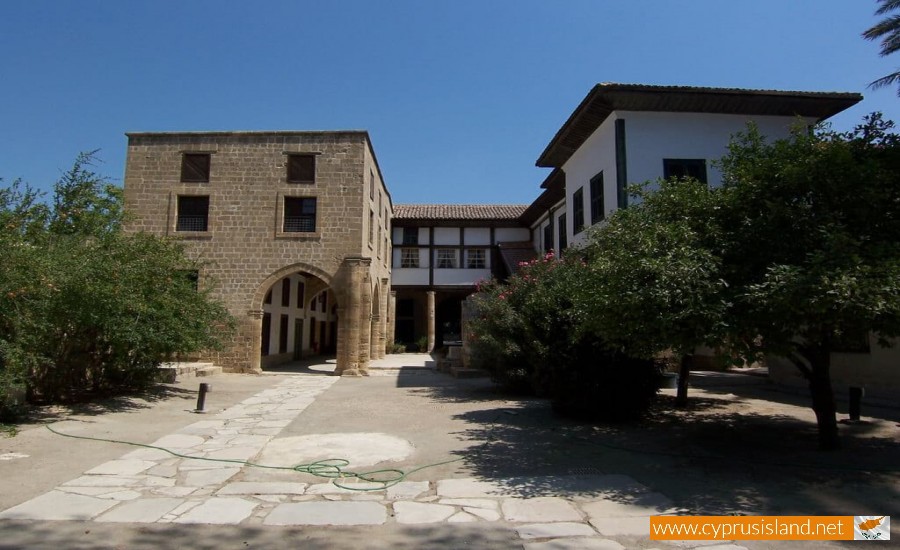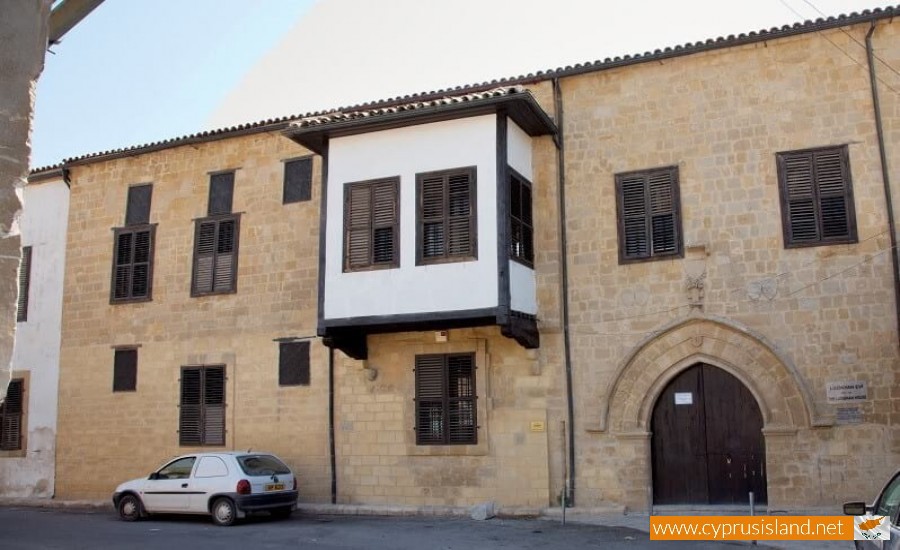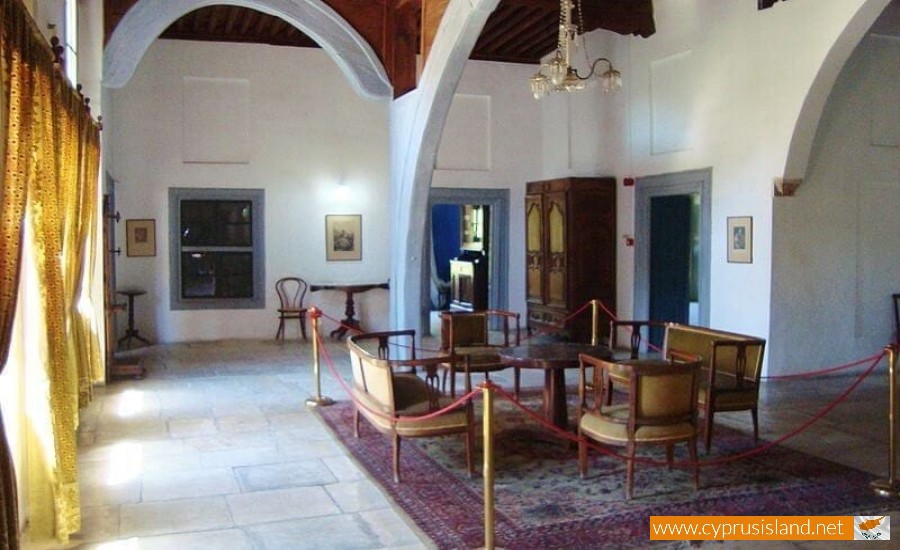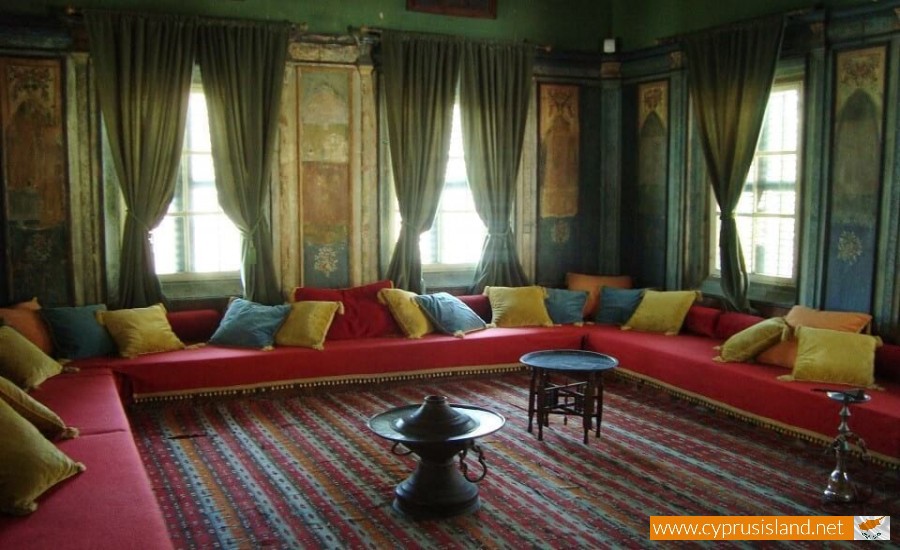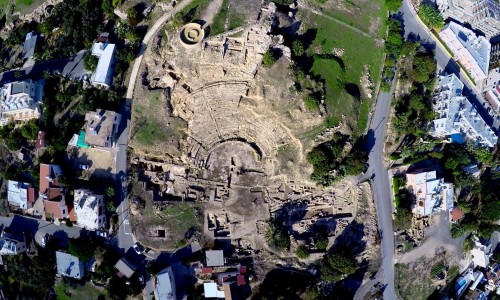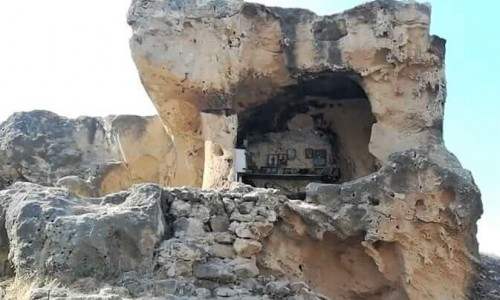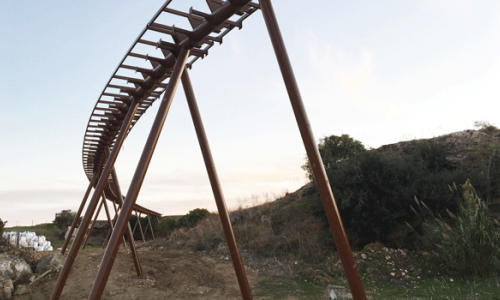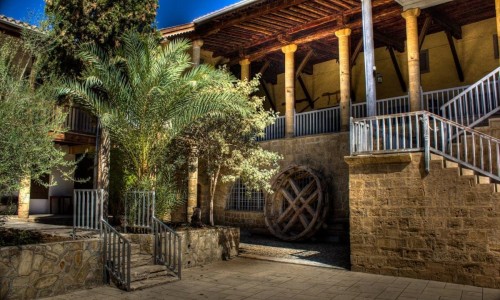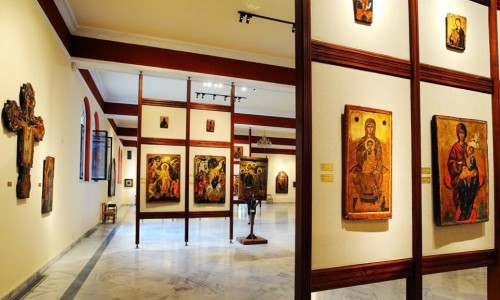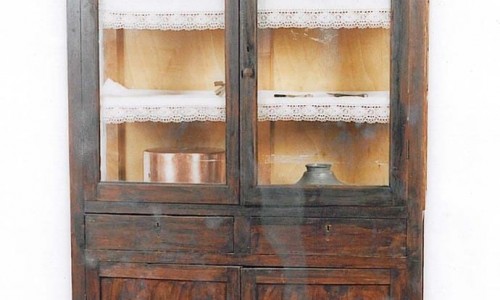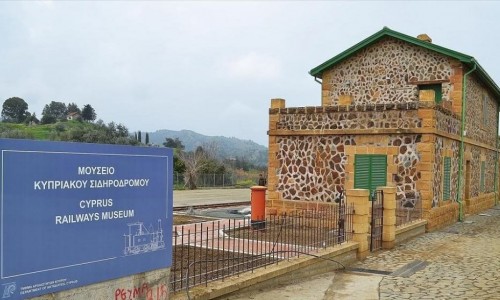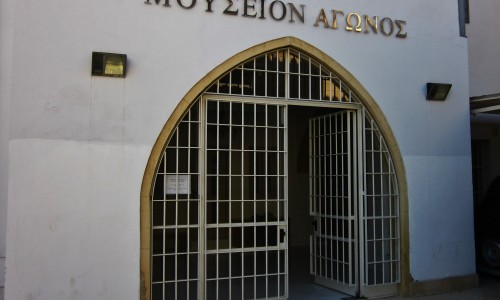The House of Hadjigeorgakis Kornesios
The House of Hadjigeorgakis Kornesios is located in Nicosia and is considered as a significant example of urban architecture of the last century of Ottoman domination. It can be found very close the Archbishopric, in the neighbourhood of Saint Antonios, where the wealthy notables of the Greek community traditionally used to live.
Hadjigeorgakis Kornesios was the official interpreter for the Divan (Council) of the Sultan for thirty years from 1779, holding the title of a dragoman. Back then, the title of the dragoman was one of the most important titles local Christians could be given by the Ottoman authorities. People who held this title acted as interpreters between the Christians and the Ottoman governor.
The House of Hadjigeorgakis Kornesios is a two-storey building and was built during 1793. Inside the entrance of the house, on a tablet of marble the monogram of the owner and the date of its erection can be seen. The house architecture plan is in the form of a Greek “Π” and surrounds a central garden with a fountain and a Hammam (private bathhouse) which has three rooms. The servants’ accommodation and the kitchen of the house was at the ground floor. A wooden roof stairway with a stone base leads to the first floor from the garden.
The official reception area and the other rooms communicated with the reception. The reception room (the onda) which was at the end of the east wind was different compared to the other rooms. What makes it differ is the excellent wood carvers, the gold plated and painted decoration which resemble the official reception rooms that can be found in various mansions of the Ottoman Empire. The current furnishing of the house dates back to the end of the 19th to early 20th century but that is not the original one.
The House of Hadjigeorgakis Kornesios was awarded the Europa Nostra prize for its exemplary renovation work and now functions as a museum, and is the place which houses the Cyprus Ethnological Museum.


